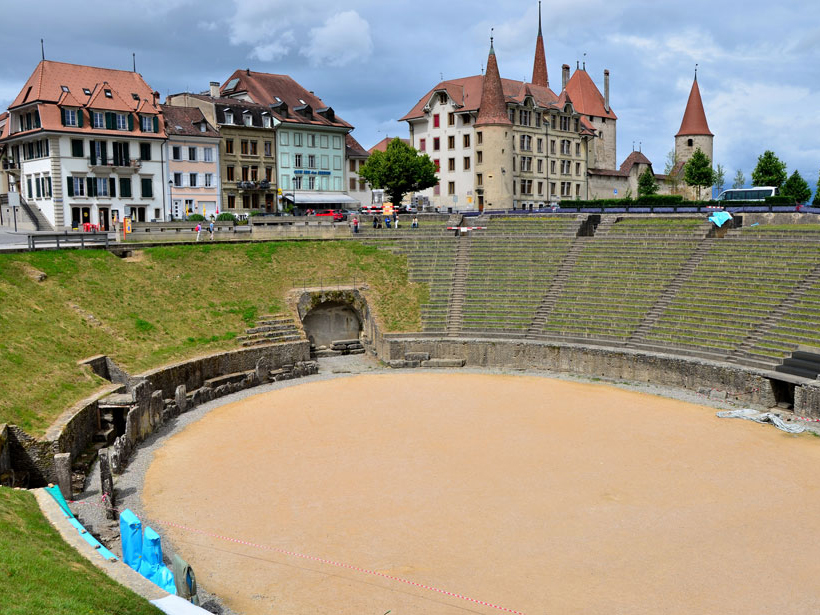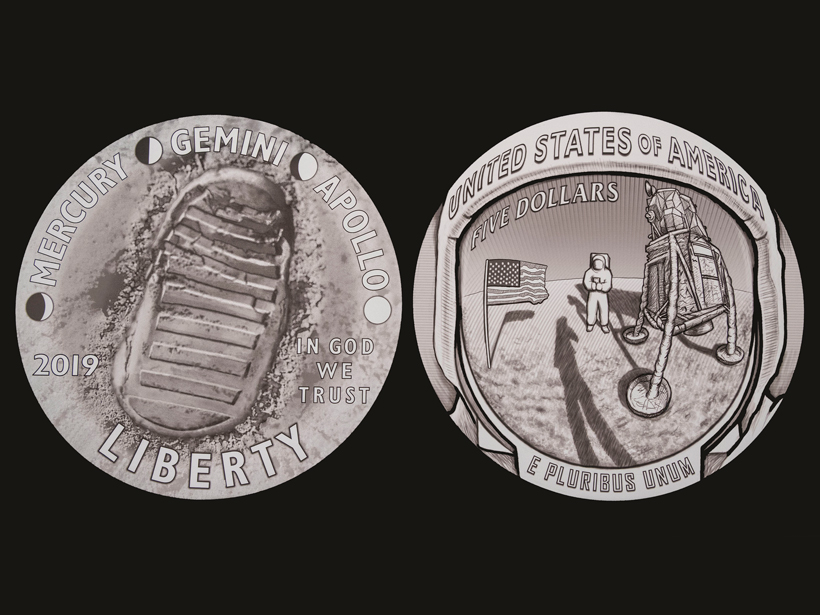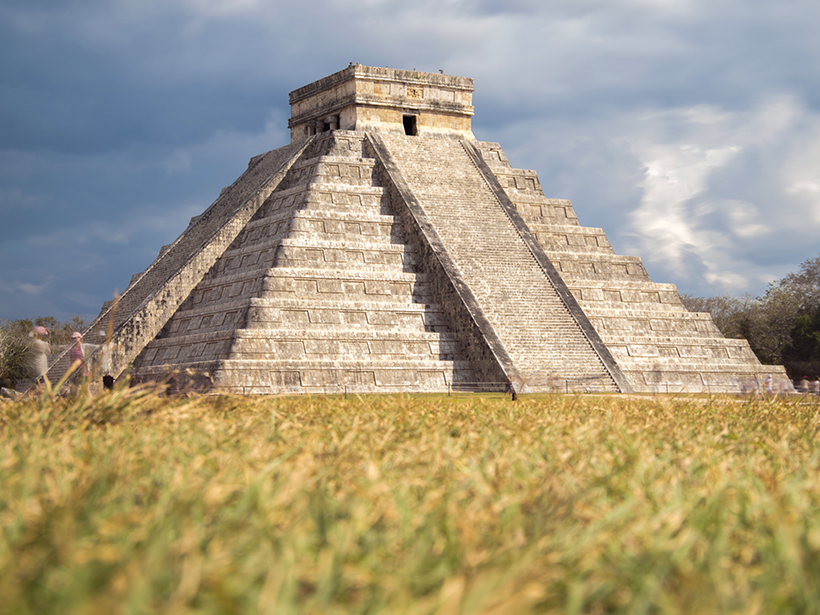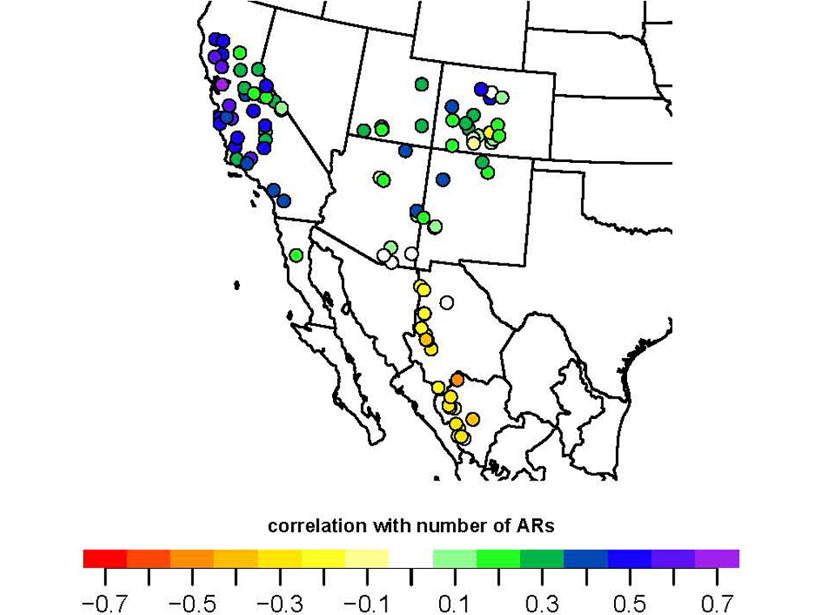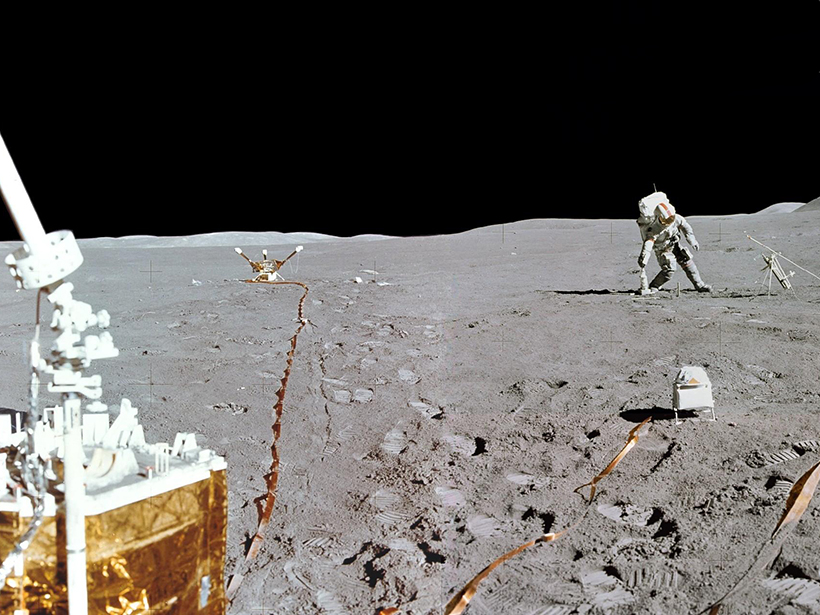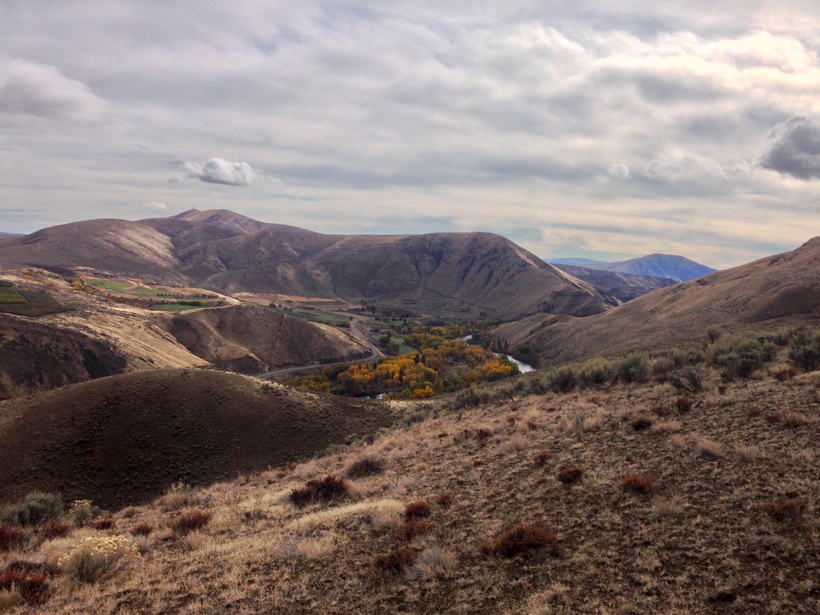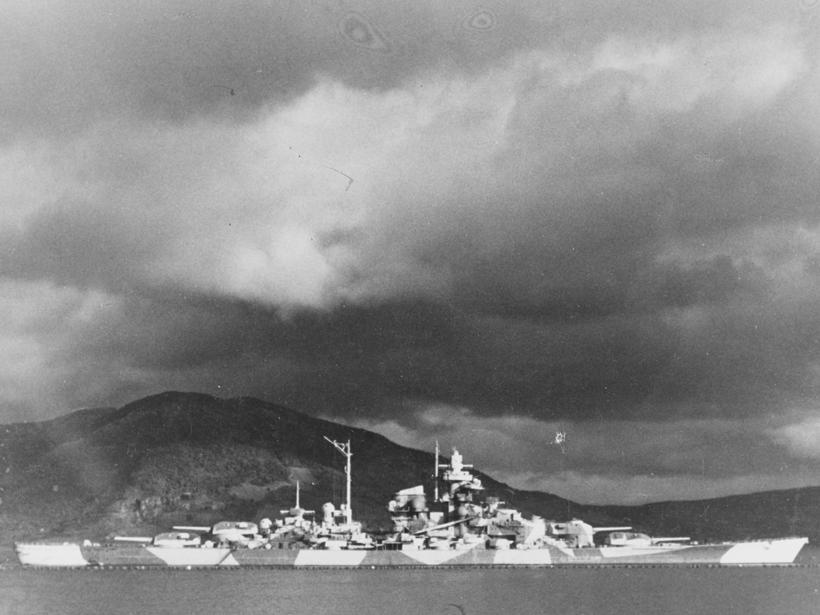Sediments from a lake in Switzerland reveal that ancient Romans triggered dead zones caused by the runoff of nutrients. Sound familiar?
history
Black Carbon Not the Primary Cause of Historic Glacial Retreat
Ice cores and glacial records reveal that European glaciers retreated before the rise of industrialization in the 1870s, suggesting that soot deposition did not primarily drive the shift.
U.S. Mint Unveils Design for Special Apollo 11 Coin
The showcase of a commemorative coin kicks off national celebrations of the Apollo anniversaries.
Nations Work Together to Size Up Caribbean Tsunami Hazards
An international collaboration is using historical records and modeling to assess tsunami potential in this high-risk region.
Lidar Uncovers Thousands of New Maya Structures
Jungle-piercing lidar surveys over ancient Maya sites give scientists the most extensive maps of lowland Maya civilization to date.
Severe Drought May Have Helped Hasten Ancient Maya’s Collapse
Chemical signatures from sediments in lake cores reveal that the centuries-long drought during the fall of Classic Maya civilization was worse than researchers had imagined.
500 Years of Atmospheric River Landfalls in Southwestern USA
A network of tree-ring chronologies has been used to develop the first reconstruction of atmospheric river landfalls on the US Pacific Coast over the last 500 years.
The Case of the Missing Lunar Heat Flow Data Is Finally Solved
Decades-old data analyzed for the first time suggest that astronauts’ disturbance of the Moon surface increased solar heat intake, warming the ground below.
Constraining Central Washington’s Potential Seismic Hazard
Fault geometry and slip rate analyses show deformation in the Yakima Fold Province accelerated in the Pleistocene and has remained elevated, offering new insights into earthquake recurrence intervals.
Tree Rings Tell a Tale of Wartime Privations
In occupied Norway during World War II, the German navy deployed thick chemical fog to protect a precious battleship. The effects are still detectable in trees.

